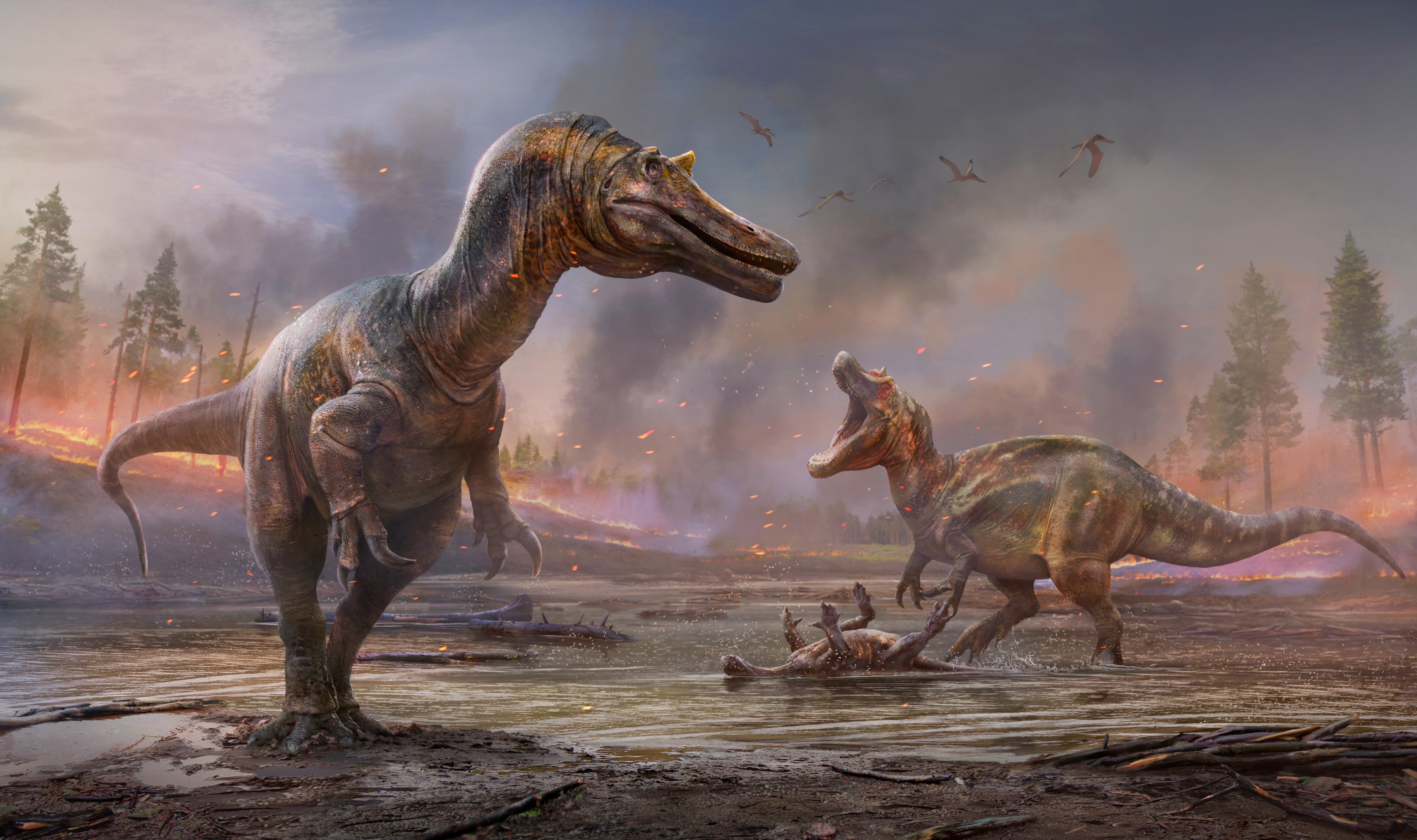Natural History Museum describes over 550 new species including dinosaurs found by student
Dinosaurs from the Isle of Wight and a ‘Jurassic’ mouse from Scotland among discoveries

Your support helps us to tell the story
From reproductive rights to climate change to Big Tech, The Independent is on the ground when the story is developing. Whether it's investigating the financials of Elon Musk's pro-Trump PAC or producing our latest documentary, 'The A Word', which shines a light on the American women fighting for reproductive rights, we know how important it is to parse out the facts from the messaging.
At such a critical moment in US history, we need reporters on the ground. Your donation allows us to keep sending journalists to speak to both sides of the story.
The Independent is trusted by Americans across the entire political spectrum. And unlike many other quality news outlets, we choose not to lock Americans out of our reporting and analysis with paywalls. We believe quality journalism should be available to everyone, paid for by those who can afford it.
Your support makes all the difference.The Natural History Museum has described hundreds of new species this year, including carnivorous dinosaurs.
Scientists, researchers and curators at the London museum have discovered 552 different species, ranging from small invertebrates who live in the ocean to prehistoric predators.
The biggest were a pair of carnivorous dinosaurs known as spinosaurs, discovered by PhD student Jeremy Lockwood on the Isle of Wight.
The spinosaurs were among six new dinosaurs described by the museum’s scientists, four of which were found in the UK.
The dinosaurs included the Spicomellus Afer, the earliest ankylosaur and first to have been found in Africa; the Brighstoneus Simmondsi, a new iguanodontian with an unusual snout, also discovered on the Isle of Wight; a Pendraig Milnerae, the earliest known carnivorous dinosaur from the UK; and Rhomaleopakhus turpanensis, a sauropod from China.
“It’s been a fantastic year for the description of new dinosaurs, especially from the UK,” said Dr Susannah Maidment, a senior research in at the Natural History Museum, who helped describe some of these new finds.
“Although we’ve known about the UK’s dinosaur heritage for over 150 years, the application of new techniques and new data from around the world is helping us to uncover a hidden diversity of British dinosaurs,” she added.
“These specimens are parts of a vast palaeobiological jigsaw puzzle that allows us to understand environments of the past and how they changed over time.”
Other discoveries by the museum include brachiopods and arachnids trapped in amber, an ancient herbivorous crocodile relative and two ancient mammals - one being a “Jurassic mouse” from Scotland dating back to around 166 million years ago.
The Natural History Museum said that as the world continues to warm at an unprecedented rate, it has never been more important to record what is currently alive and what has been here before, with every single species playing a crucial role in the functioning of our planet.
Join our commenting forum
Join thought-provoking conversations, follow other Independent readers and see their replies
Comments